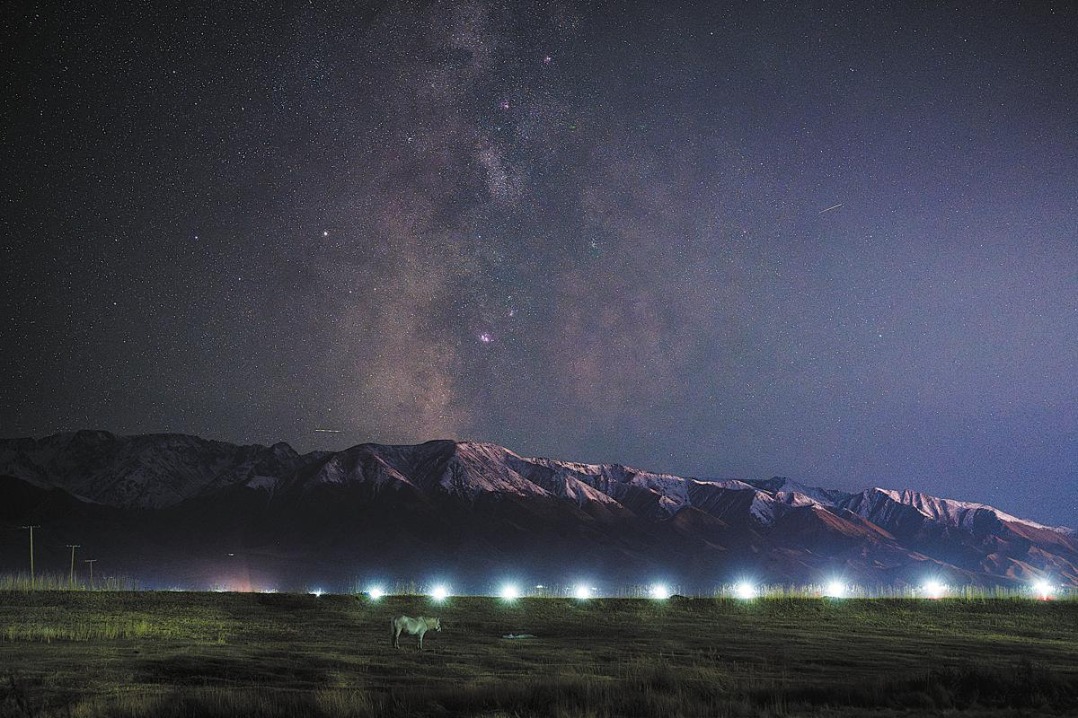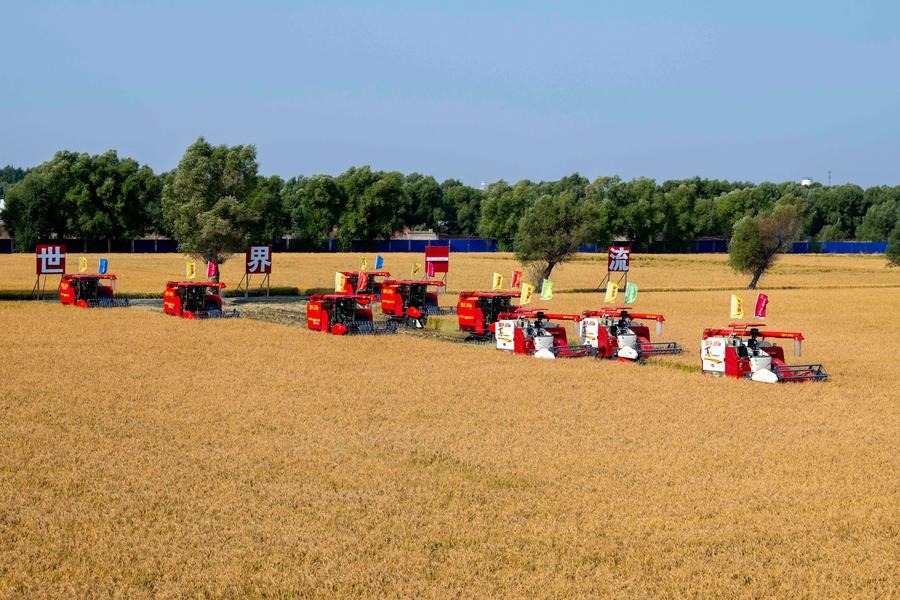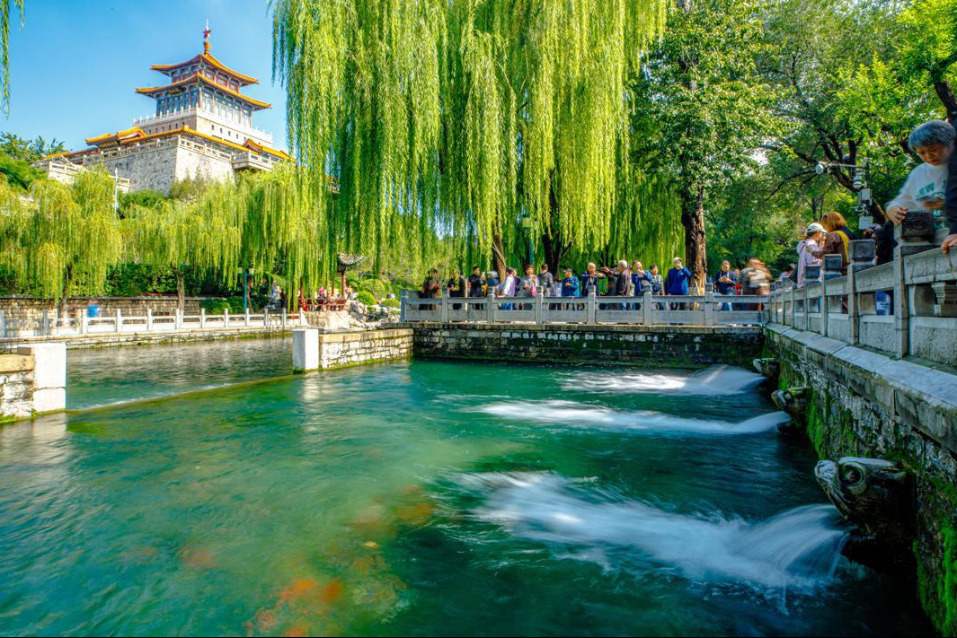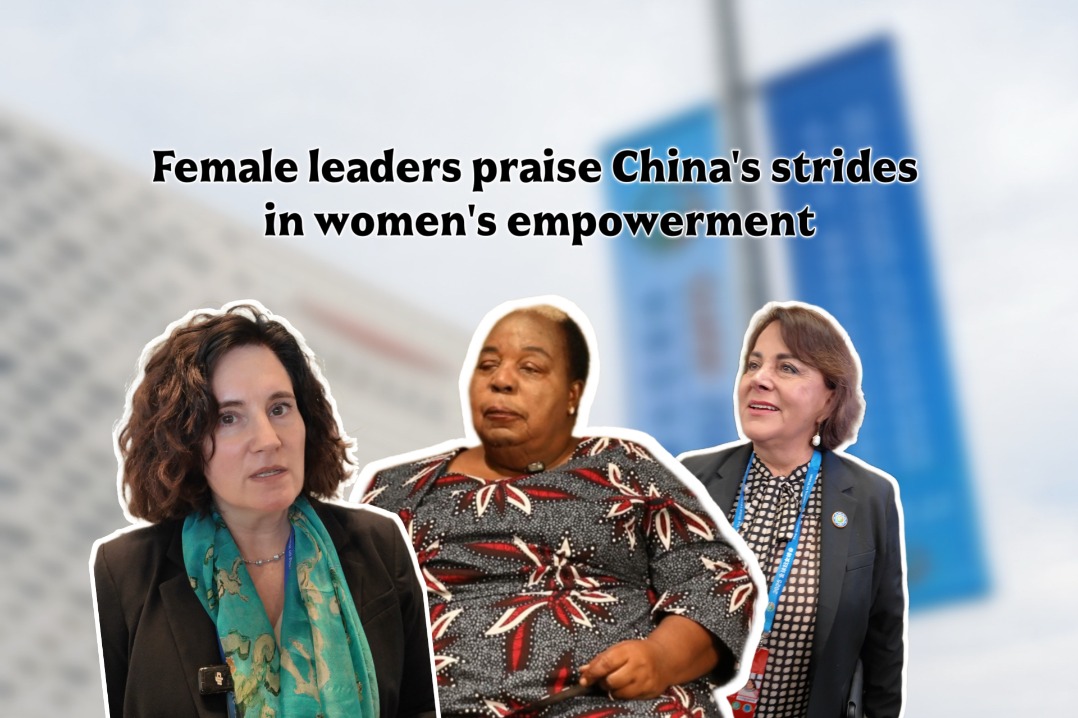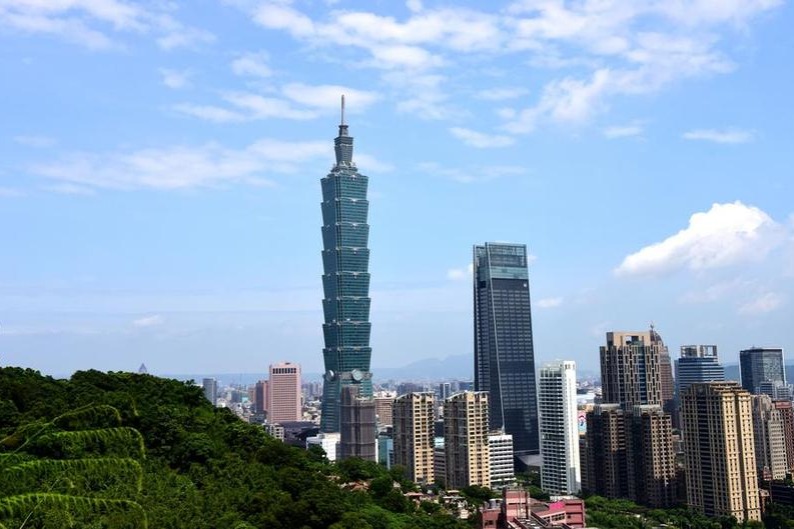The Chinese Express Train Running in East Africa

Editor's Note: To celebrate the 100th founding anniversary of the Communist Party of China, we are launching the "100 CPC Stories in 100 Days" series, featuring foreigners who witnessed and participated in the CPC's history and helped the world better understand the CPC. The following is the 89th story of the series.
"My friend, please listen to my long story of the railway.
It cements friendship and it brings hope.
My hometown is more beautiful day by day,
My compatriots are more high-spirited day by day."
The railway that Kenyan singer Sudi Boy sings about is the Mombasa-Nairobi Standard Gauge Railway (SGR). Spanning from the port city of Mombasa in the east to the capital city of Nairobi in the west, the SGR is Kenya's first railway since independence. Though the construction took only less than three years, Kenya had awaited it for a long century.
I. A railway of development running through East Africa
Mombasa and Nairobi were previously connected by a narrow-gauge railway (1-meter gauge) built in 1896. Due to disrepair and aging of equipment, the railway could run at a mere 22 km/h on average and the entire journey would take 21 hours. Besides, its operation was unstable. Any breakdown would keep it out of service for days and there were frequent accidents such as derailments and collisions with animals.
The narrow-gauge railway couldn't meet the development needs of the Port of Mombasa, either. Being the biggest port in East Africa, the port of Mombasa has 17 international sea routes and business ties with 80 ports around the world. Most of the cargo going in and out of East Africa is handled here. Yet due to the limited capacity of the narrow-gauge railway, most of the cargo had to be transported by road. To some extent, frequent road traffic overload and cargo delays at the port strained the development of Mombasa and Kenya at large.
A new railway was a century-old dream for the country and people of Kenya. Since its operation, the SGR has promoted the growth of the local logistics industry. Goods loaded in Mombasa in the morning will arrive in Nairobi in the afternoon, with logistics costs slashed by up to 40 percent. Transportation of goods from the port to the hinterlands of East Africa has become much more efficient. As the railway network and supporting infrastructure in East Africa improve, the logistics industry throughout the region will be galvanized, and economic cooperation and cultural exchanges between countries will reach a new height.

The integrated development of the Mombasa-Nairobi Railway, the Port of Mombasa and the Mombasa Special Economic Zone is unveiling an exciting scene of industrialization. As President Uhuru Kenyatta said emotionally, the SGR will "reshape the story of Kenya for the next 100 years."
II. A railway of nature that cares for animals
The SGR traverses the Tsavo National Park, Kenya's largest wildlife reserve. The destination, Nairobi, is one of the few capital cities in the world that has a nature reserve. The vast areas along the railway are home to almost all African animal species, representing an extraordinarily valuable natural environment. How to ensure that the railway runs in harmony with the wildlife and build the SGR into a railway of nature that cares for animals — this question stayed on the mind of the builders since the very beginning.
During the construction, China Road and Bridge Corporation adopted extremely stringent standards and hired specialist companies for environmental impact assessments. Digging and other works along the line were carried out during the day only, and construction was prohibited at night so as not to disturb animals. In order to avoid collision with wild animals at the Tsavo National Park, the SGR tracks are not laid on the ground like the narrow-gauge railway. It employed enclosed design and built viaducts so that wild animals can pass safely.
To protect the migrating herds, the builders painstakingly designed 14 large underpasses that are seven meters tall, enough to allow giraffes to pass without lowering their necks. They also built over 100 culverts, which give animals like zebras access to water and serve as underpasses for small animals. Protective fences and embankments were built at the parks and swamp sections, to prevent animals from climbing onto the tracks and running into the trains.
Part of the SGR passes through the mangrove swamps in the parks of Mombasa. The construction team drew an ecological red line, minimized the felling and installed culverts in advance to ensure that the seawater could soak into the construction areas and support the growth of the mangroves. The forests have been as luxuriant as usual after completion of the construction.
III. A railway of friendship for China-Africa cooperation
The SGR is an important early harvest under the 10 cooperation plans announced by President Xi Jinping at the Johannesburg Summit of the Forum on China-Africa Cooperation (FOCAC). It is also a landmark project of China-Africa cooperation on railway, highway, regional aviation networks and industrialization as well as on industrial capacity.

Since the launch of the SGR, the Chinese company has been providing Kenyan employees with training tailored to their specific backgrounds, professions and roles. It is committed to transferring China's railway technologies, selecting talent in Kenya, and building up a talent pool for Kenya's railway sector. Close to 80 percent of the employees are hired locally. On the 1,000th day of the SGR's operation, the head of the Africa Star Railway Operations Co., Ltd. announced that technology transfer has been done across 123 types of skilled work, marking an effective transfer throughout the industrial chain. Kenya has thus been provided with technologies and capabilities to develop railway transportation independently. There are 2,525 Kenyan employees and 676 Chinese employees working for the SGR. The Kenyan employees have started to work in major skilled posts independently. Right now, 1,072 Kenyan employees are able to perform 58 types of tasks on their own. The well-groomed and graceful stewardesses trained with Chinese standards have become a beautiful sight on the SGR. The training of skilled personnel for the SGR is an overseas training program by the Chinese railway industry that features the longest duration, the largest number of trainees and the most distinctive vocational characteristics. The program covers more than 10 types of skilled work in such fields as railway locomotive (internal combustion), railway signaling and railway transportation.
As early as 1421, Chinese navigator Zheng He of the Ming Dynasty (1368-1644) arrived in Mombasa on the coast of East Africa, marking a glorious chapter of the ancient maritime Silk Road. Nearly 600 years later, the SGR, an express train of friendship, is renewing the story of China-Africa friendship and heading for a hopeful, bright future.
- Winter could arrive early for Beijing as cold spell continues
- 20th CPC Central Committee starts fourth plenary session
- Chinese president appoints new ambassadors
- Golden autumn days draw people outdoors across China
- Diplomats, business leaders in Hong Kong explore Xinjiang's beauty, eye collaboration
- Global study shows intensifying drought may wreck grasslands

















